I have earlier posted DC to AC inverter teardown that showed wat was inside one cheap “modified sinewave” inverter. Now I do a tear-down to a more expensive “true sineware” inverter PI150S from Velleman. This inverter convers 12V DC to nice sinewave 230V 50Hz AC power (up to 150W).
View to front and back.
This unit that I have is broken (burns fuse), so let’s take a look what is inside.
There is comsiderably more electronics in this sinewave inverter than in simpler inverters I have seen.
Big transformer onupper right side is for switch mode power supply that converts 12V DC to higher voltage DC (I quess something around 300-400V or so). The switching conroler IC and transistors are next to transformer.
The ouput side that generaes the sinewave output looks quite complex. There is full control circuit board with several control ICs and quite many power transistors. On the output side after the output switching transistors there are several filtering coils and capacitors. There is for example one big coil on circuit board and common mode choke on the cable that goes to mains output connector.
What was broken? I don’t know. It burns fuse if connected to car 12V. If connected to lab power supply (that can outpuyt many amperes), pulls so much current that voltage drops to few volts.
I did not consider this worth to repair. I used his earlier to power a laptop in the car. I replaced this inverter + original mains power supply approach with universal 12V laptop power supply (more convient and smaller).
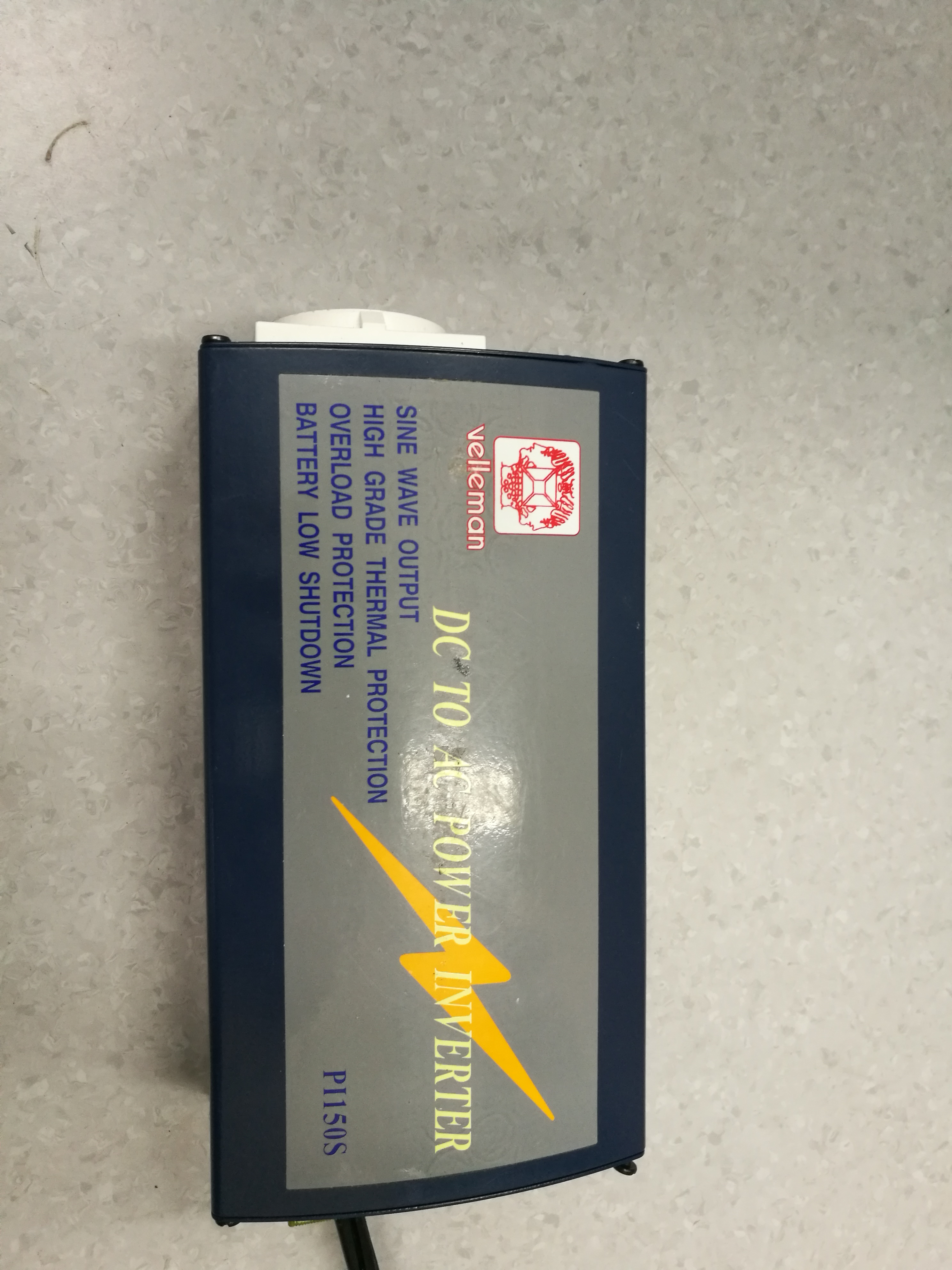
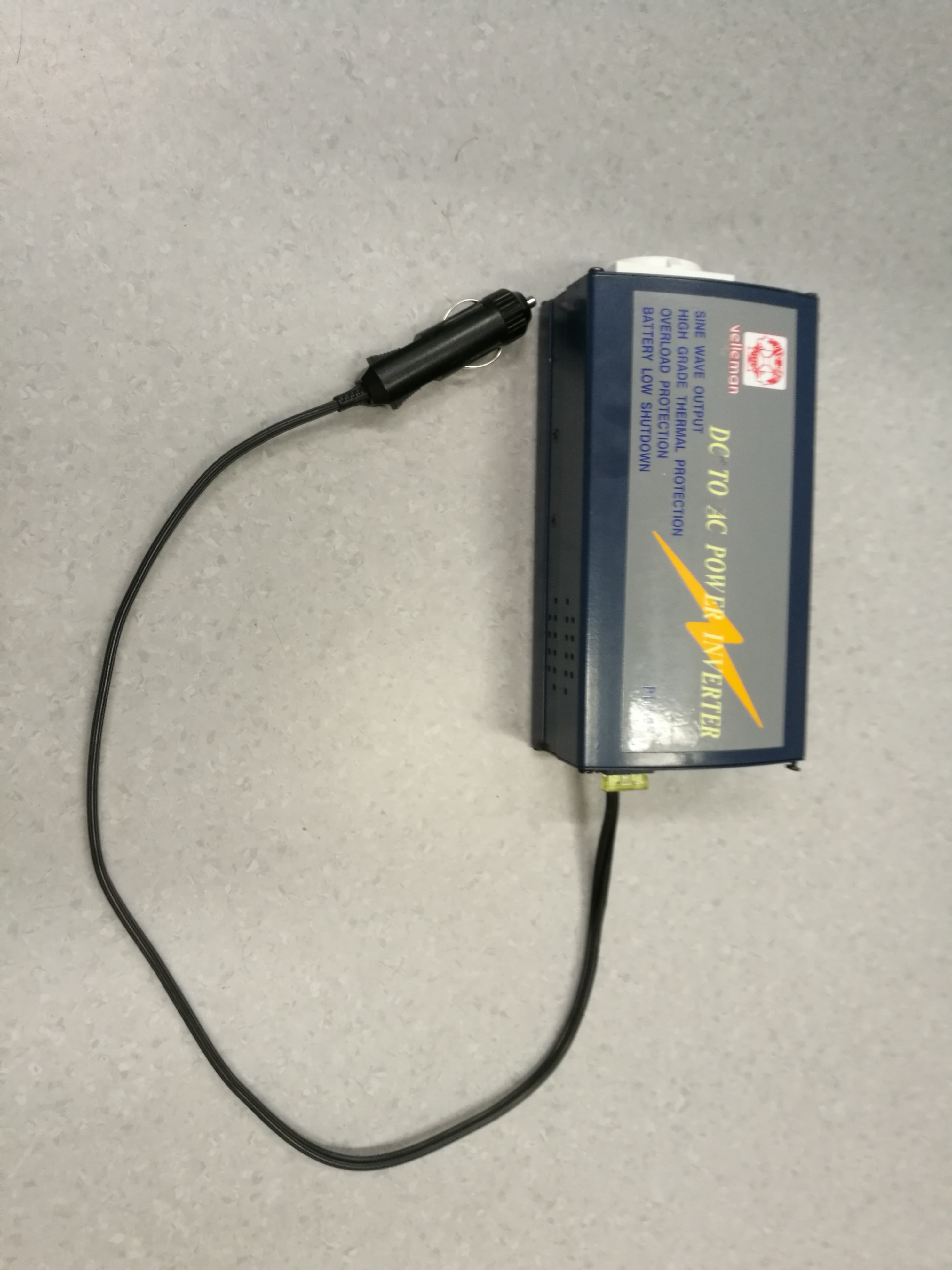
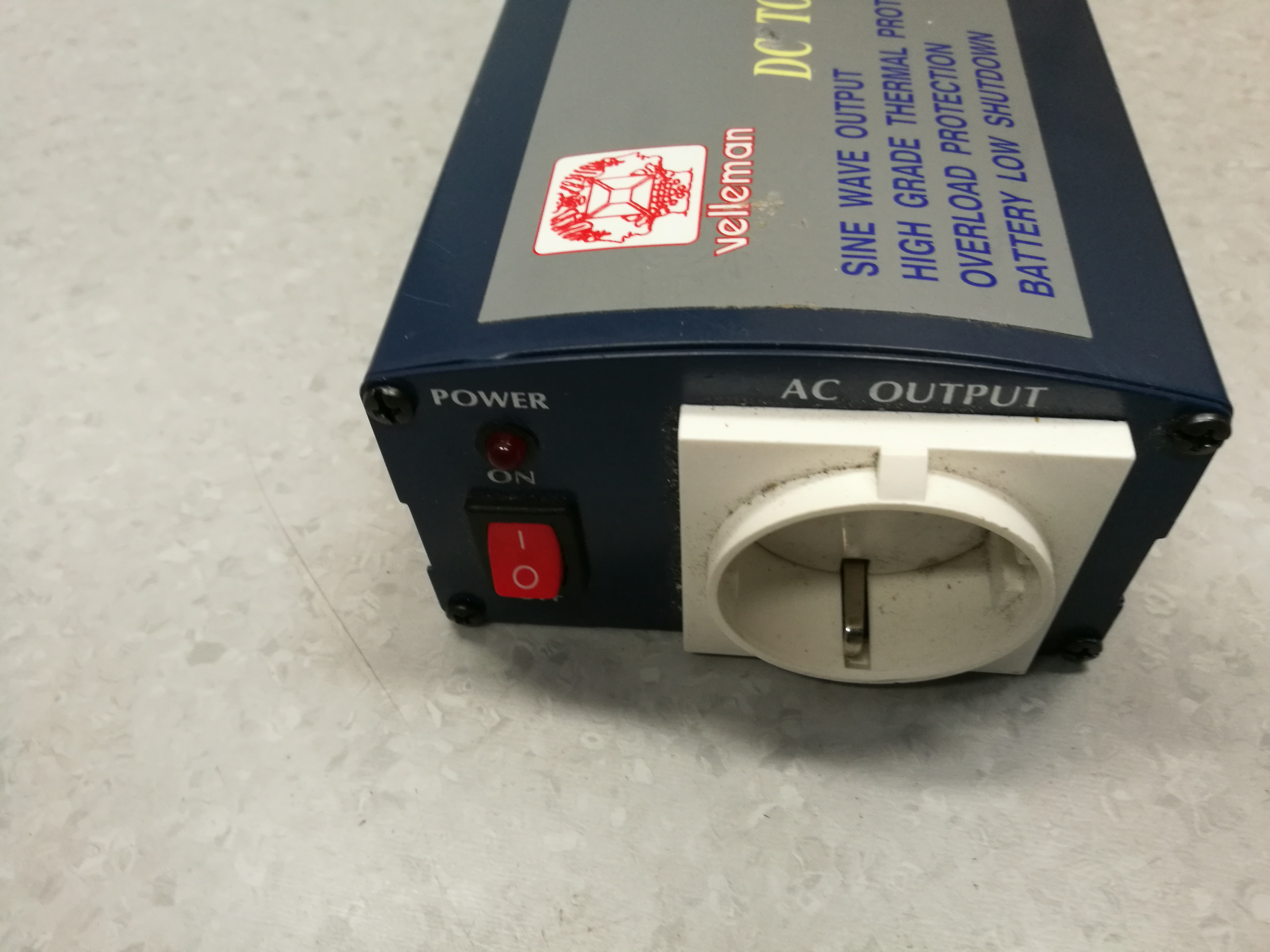
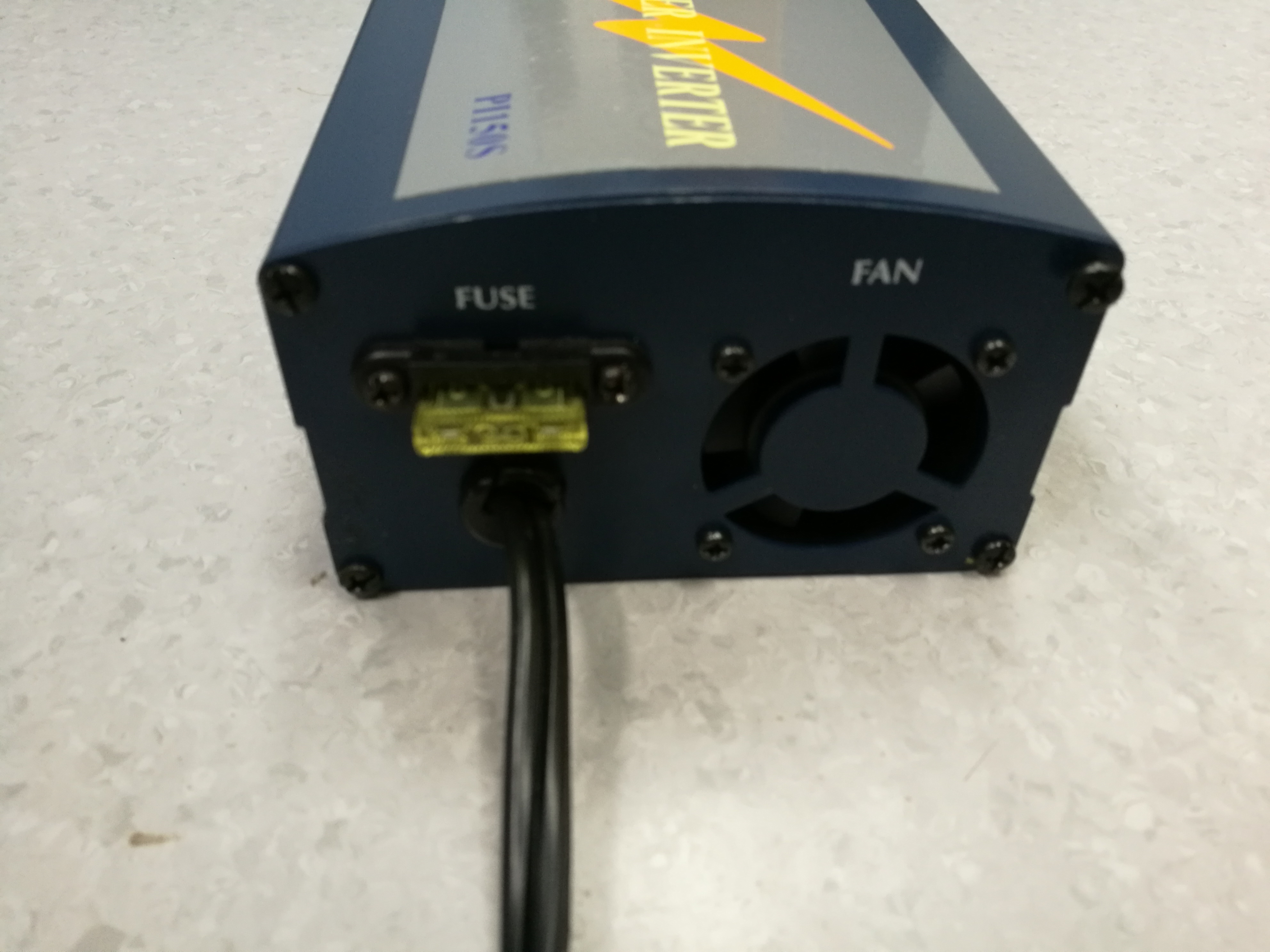
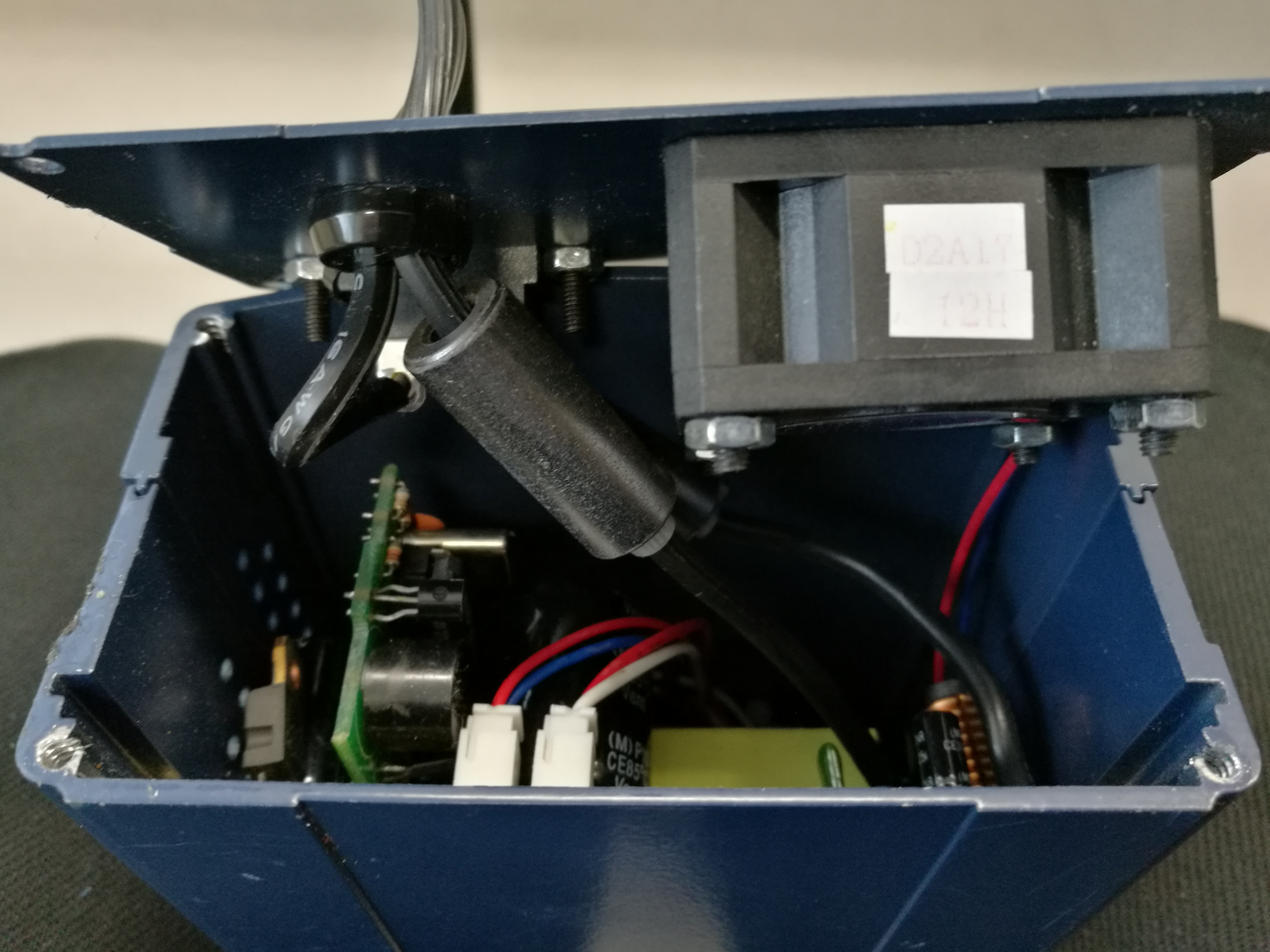
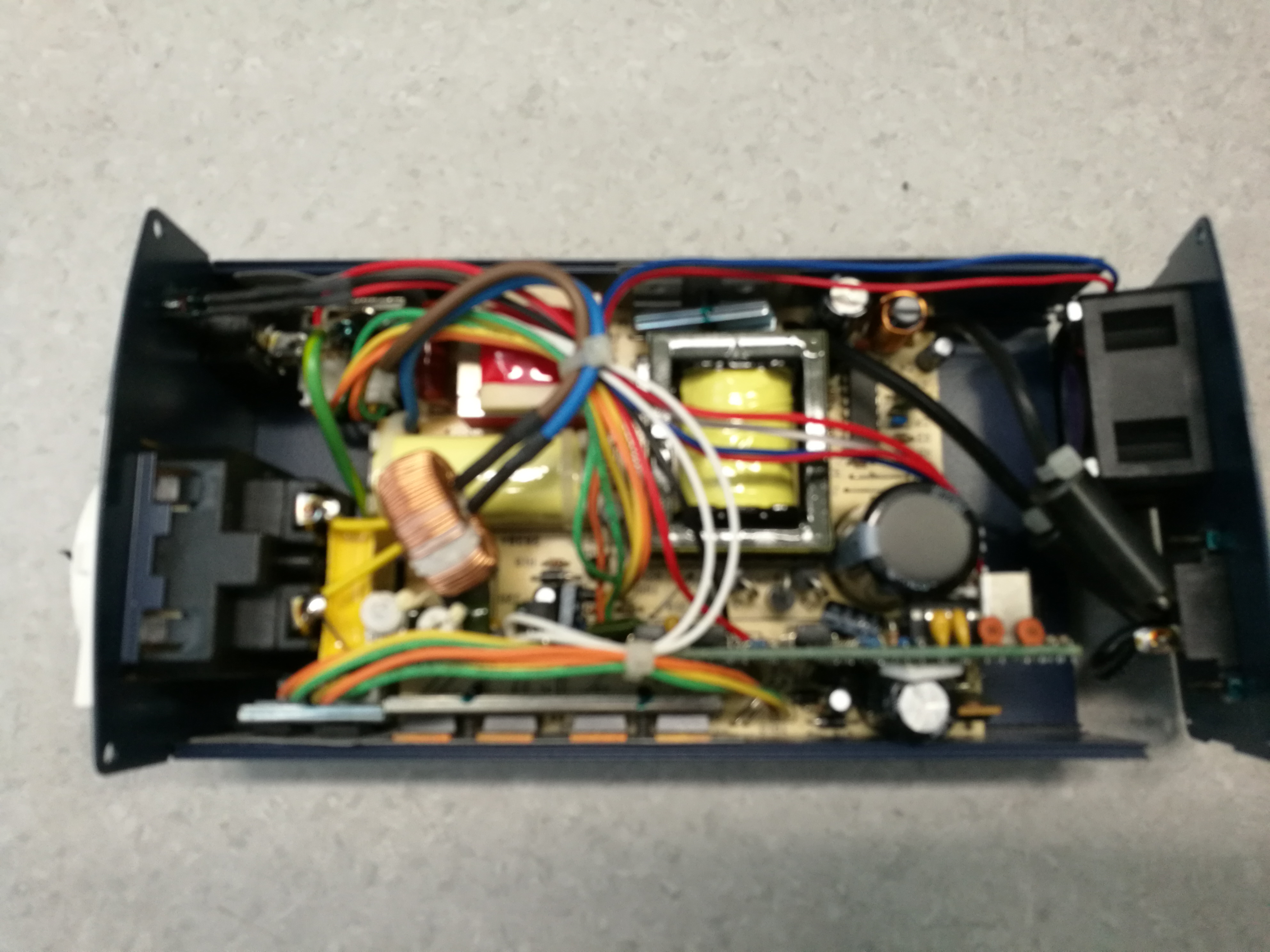
9 Comments
Scamfighter says:
Can you advise a good inverter for a car? I’m very afraid to buy a poor-quality product.
Tomi Engdahl says:
Hard to recommend anything currently on the market.
The inverters I have bought have been bought many years ago.
This specific inverter I showed here is quite expensive (around 100 Euros) and it still failed after few years at car.
devmyresume.com says:
When did you buy it? How long do use it? Is it good?
Tomi Engdahl says:
I bought it from Radioduo https://www.radioduo.fi/ many years ago.
I got it cheaply (fraction of list price) because it was a device that had failed, was returned and factory repaired.
It was many years on random use. Then it served several years on my car, where it finally failed. Maybe several years
of temperature cycling (from almost -30 degrees celsius to +50 degrees when headily loaded) and sometimes humidity had finally made it to fail.
I would say that it was OK quality product that served me several years. I powered several electronics devices (laptop, chargers, lamp, etc..) with it without problems.
Tomi Engdahl says:
Teardown: The power inverter – from sunlight to power grid
https://www.edn.com/design/power-management/4368876/Teardown-The-power-inverter–from-sunlight-to-power-grid
This teardown article will delve into the architectural design and components of a solar inverter card starting from the Solar panel DC inputs and working our way through the DC to AC conversion process to the AC output that is sent out to the power grid. We will show what features need to be implemented into such a design to meet various safety and other performance standards as well as stringent power company demands upon the signal that is put onto their grid.
Tomi Engdahl says:
Does it suck? Chinese DIY Pure Sine Wave Inverter || Sinusoidal PWM (SPWM) Tutorial
https://www.youtube.com/watch?v=Dn2PFebi2ww
In this video I will tell you the basics about SPWM and show you how we can use it to create a pure sine wave. Afterwards we will have a closer look at the EGS002 which is a cheap SPWM driver board from China. I will create a DIY pure sine wave inverter with it and show you why it is not really a decent alternative to commercial inverters.
Comment:
Nobody should underestimate the difficulty of inverters. They are hard to make properly, and mains voltage ones are frickin’ dangerous too.
Lynne G. Waters says:
Thanks for article http://essaypapers.reviews/
Lynne G. Waters says:
Thanks for article
jamesasime says:
I like to read such news.